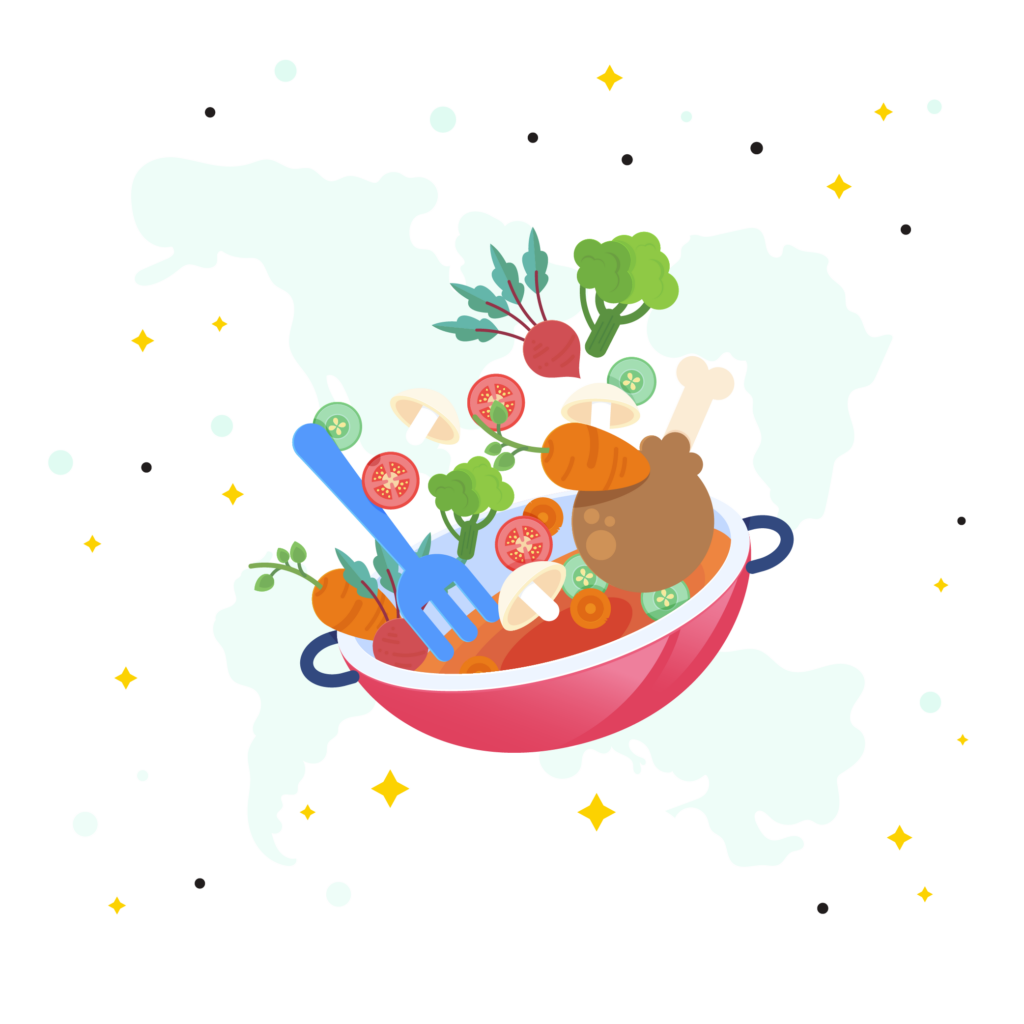Canada’s significant demographic transformation is shifting the nation’s culinary landscape. Changing demographics and food trends create both challenges and opportunities for food industry marketers. Marketers must understand these shifts and adapt strategies to satisfy the diverse and evolving consumer palate.
The Rising Tide of Diversity

Immigration is profoundly transforming Canada’s demographic makeup. Statistics Canada reports that visible minorities are projected to account for up to 40% of the working-age population by 2036, contributing to the cultural mosaic that defines modern Canadian society. As a result, diverse flavours, ingredients, and culinary traditions are now shaping tastes across the country’s food landscape.
The influence of immigrant populations on Canada’s food industry cannot be overstated. From vibrant Indian curries to aromatic Chinese dumplings, ethnic cuisines have transcended their traditional boundaries to become mainstream favorites. This shift is not merely about the proliferation of exotic flavours but also reflects a broader cultural exchange, where culinary traditions serve as a bridge connecting communities and fostering understanding.
The Evolution of International Foods in the Canadian Market
In 2019, Mintel conducted research revealing that over half of Canadians were perceiving themselves as more inclined towards consuming international foods compared to previous years. Additionally, a significant majority (77%) now consider international foods to be more commonplace than before. These statistics, though from a few years ago, remain relevant as consumer behaviors tend to shift gradually over time.

One notable change in recent years is the transformation of international foods from being seen as optional to essential for many grocers. Joel Gregoire, associate director of food and drink at Mintel, notes that 56% of Canadians believe that grocery stores lacking internationally inspired foods are falling behind. Moreover, 45% indicate a higher likelihood of patronizing stores offering such food options.
Catering to Diverse Ethnic Groups in Grocery Sector Growth

The growth in the grocery sector will stem from Canada’s diverse ethnic groups, influencing product offerings and store merchandising strategies. This underscores the importance for retailers to cater to the tastes, dietary needs, and cultural sensitivities of this evolving demographic landscape.
Considering Canada’s immigration patterns, the demand for diverse foods is expected to surge. Statistics Canada projects that immigrants could make up between 29% to 34% of the total population by 2041, with Asia, including the Middle East, being the primary continent of origin for recent immigrants. Nearly one in five recent immigrants are from India.
There is growing demand for authentic flavours cherished by newer Canadians from their home countries. Despite being lesser-known, South Asian products like jaggery, atta flour, and ghee are highly sought-after, indicating significant market interest.
Consumer Trend: Experimenting with Global Cuisines at Home
There is a trend among consumers in Canada: a growing fascination with experimenting with diverse global cuisines in their own homes. They express enthusiasm for exploring different cultures through food, enjoying the adventure of trying new ingredients and flavours. Cooking international dishes at home is seen as a rewarding way for them to connect with the global culinary landscape.

Grocery marketers can seize this trend by providing a variety of international products and ingredients for consumers to create authentic global dishes at home. Stocking diverse items satisfies the demand for exploration and experimentation in home cooking.
Tailoring Product Selection to Local Preferences

Grocers need to customize their product offerings to suit the preferences of their local communities. For instance, Walmart stores in areas like Scarborough, where there’s a larger Chinese population, stock more Chinese options, whereas those in Brampton tend to focus on South Asian offerings.
As the immigrant population increases, understanding customer tastes becomes essential and presents significant opportunities. Recognizing that many South Asians prefer pairing spicy meals with creamy dairy products like lassi or yogurt can inform dairy marketing strategies. Grasping these nuances is crucial for positioning products as complementary to meals rather than just snacks.
Navigating Canada’s Multicultural Culinary Market
In conclusion, immigration and cultural exchange shape Canada’s evolving culinary landscape, creating both challenges and opportunities for the food industry. As visible minorities increasingly make up a significant portion of the population, embracing diversity in food marketing becomes crucial. Immigrant preferences drive demand for authentic flavors, prompting grocery marketers to tailor product offerings to local tastes. Additionally, the trend of experimenting with global cuisines at home highlights opportunities for innovation. By understanding and embracing immigrant influences, celebrating cultural diversity, and adapting strategies to meet evolving consumer needs, food marketers can thrive in Canada’s dynamic and multicultural food market.





